Subtotal: $4398.00
Hingol National Park, Balochistan
The area was declared reserved in 1988. It is the largest National Park of Pakistan with an area of 6,190km2. The park is named for the Hingol River which flows through it, forming an estuary as it enters the Arabian Sea.
Hingol National Park, located in the southwestern province of Balochistan, Pakistan, is the country's largest national park, covering approximately 6,100 square kilometers. This diverse and expansive park is celebrated for its unique geological formations, rich biodiversity, and cultural and religious significance.

Geographical Highlights
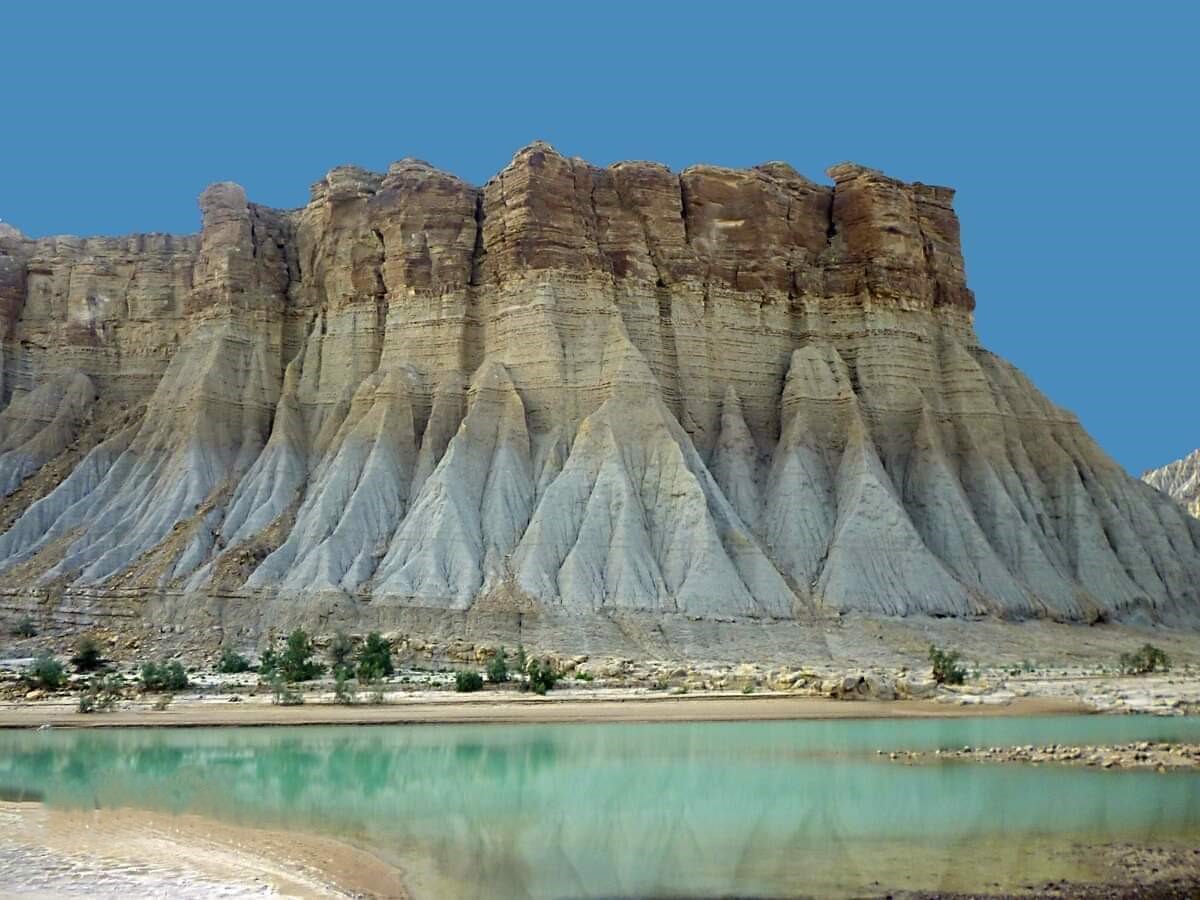 |
|
-
Hingol River: The park is named after the Hingol River, which runs through it and is the longest river in Balochistan. The river supports a variety of ecosystems and is a lifeline for many species within the park.
-
Princess of Hope: This natural rock formation resembles a standing woman and was named by Hollywood actress Angelina Jolie. The Princess of Hope is an iconic landmark and a popular photo spot.
-
Balochistan Sphinx: Another remarkable rock formation that resembles the Great Sphinx of Giza, showcasing the power of wind and water erosion over millions of years.
-
Mud Volcanoes: Hingol National Park features several active mud volcanoes, rare geological phenomena where mud and gases are expelled from the earth’s crust.
-
Coastal Areas: The park stretches to the Arabian Sea, offering beautiful beaches such as Kund Malir Beach, known for its pristine sands and clear waters.
Visiting Hingol National Park in Balochistan
Visiting Hingol National Park in Balochistan, Pakistan, offers a plethora of positive experiences for nature enthusiasts and adventure seekers alike:
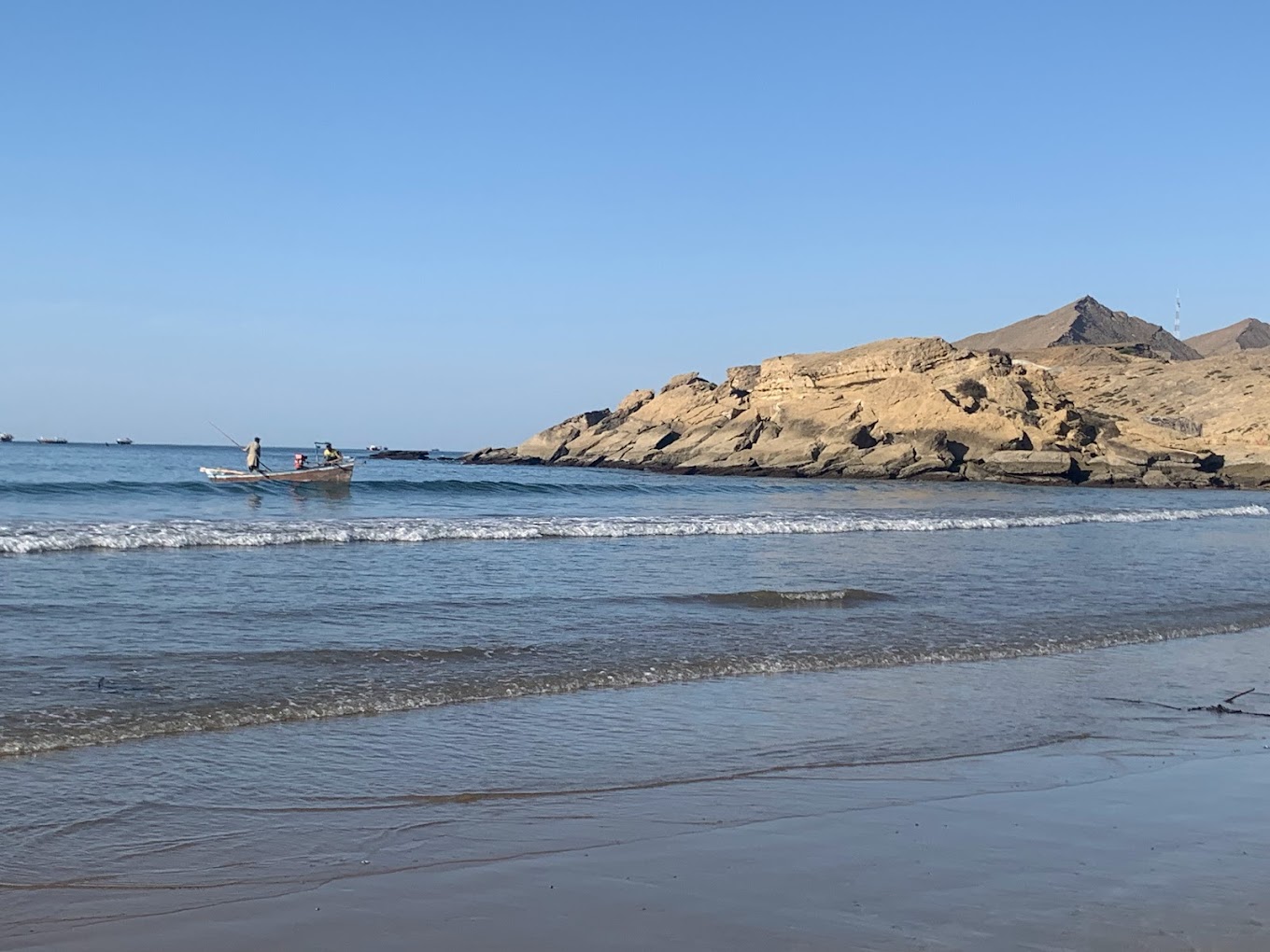 |
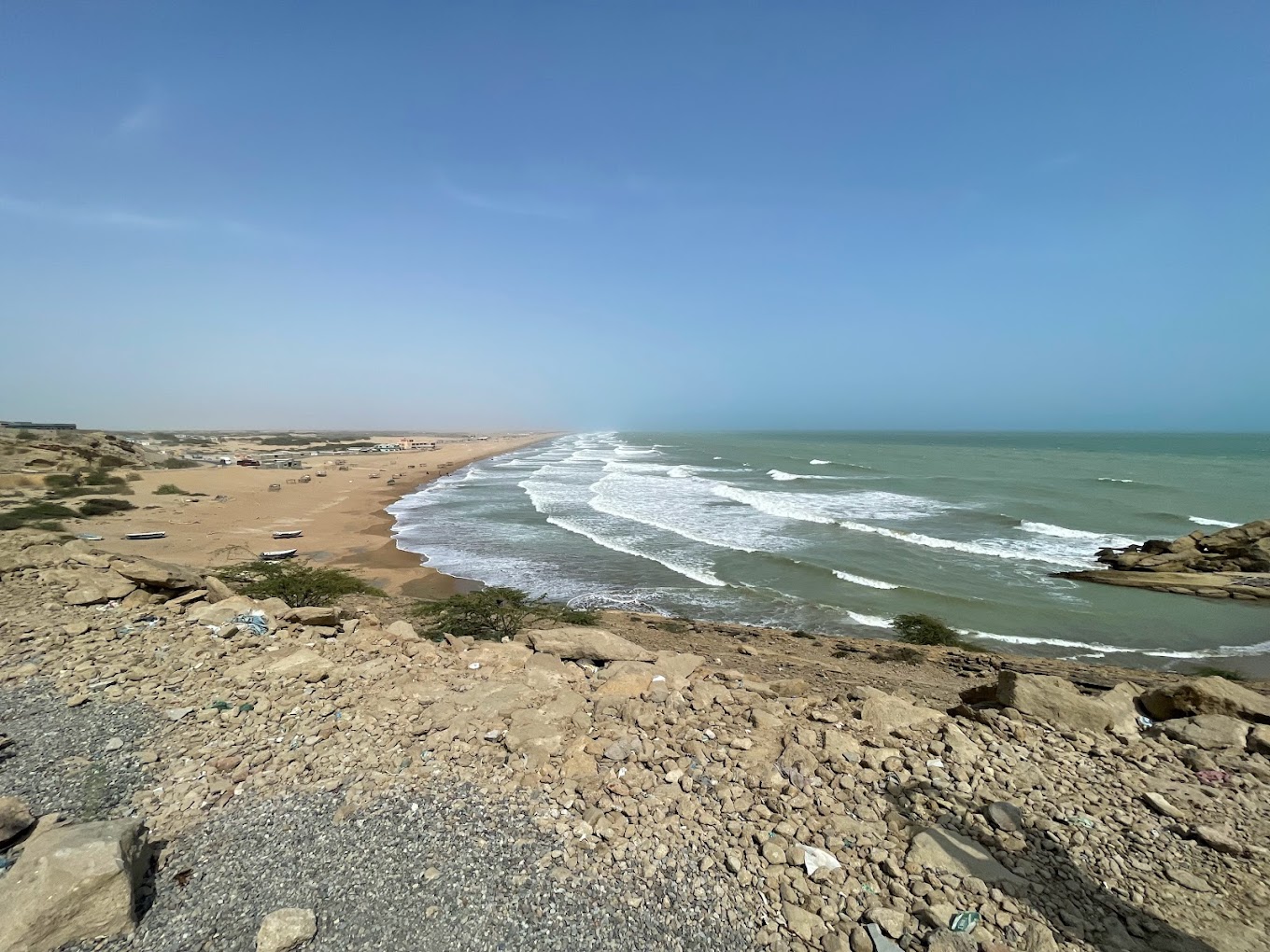 |
 |
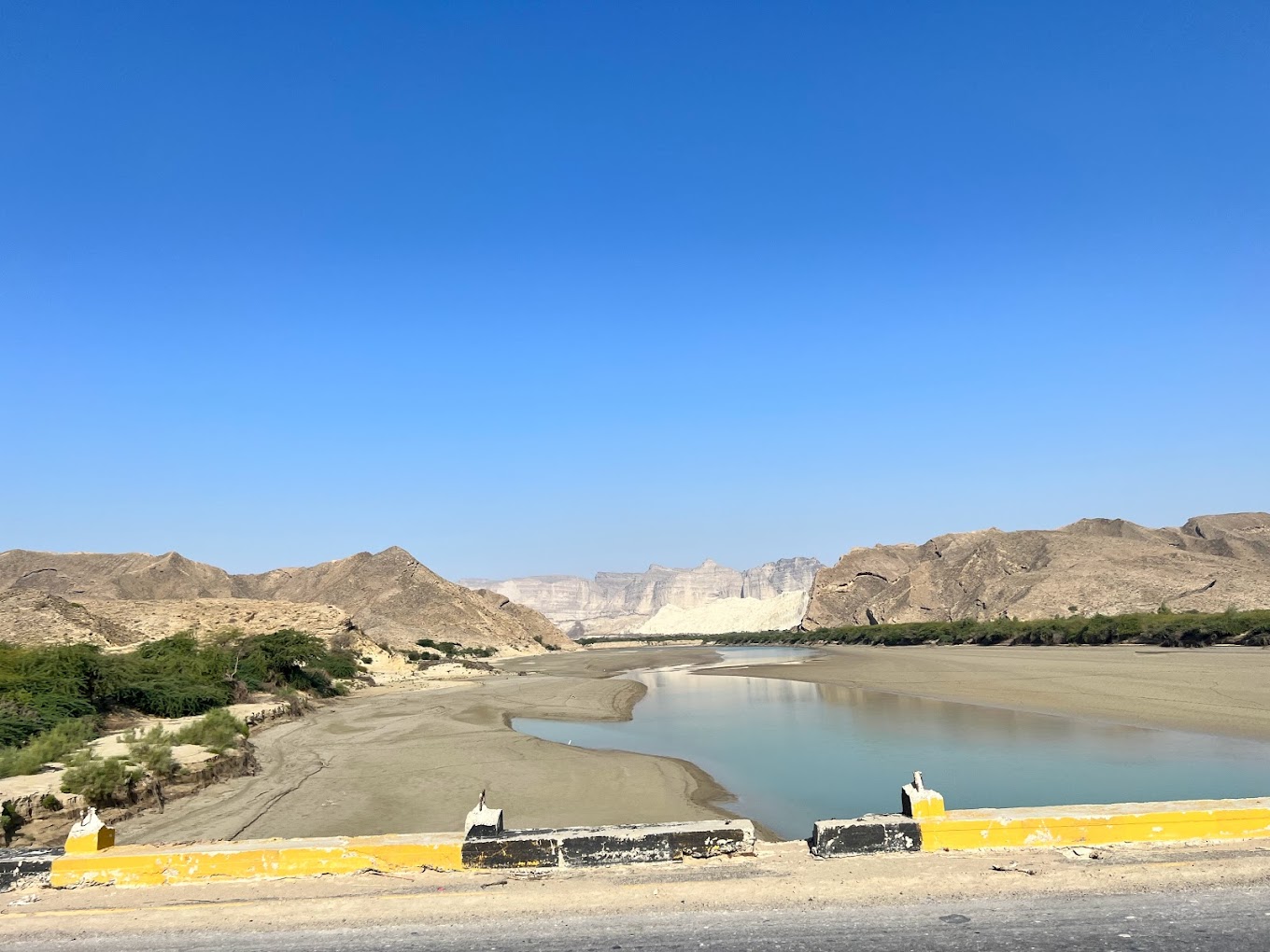 |
-
Spectacular Scenery: Immerse yourself in breathtaking landscapes, from rugged mountains to serene coastal areas, providing awe-inspiring views at every turn.
-
Wildlife Encounters: Witness the rich biodiversity of the park, including rare species such as the Balochistan Urial and Marsh Crocodile, making every wildlife sighting a memorable experience.
-
Adventure Opportunities: Embark on thrilling adventures like hiking, camping, and birdwatching amidst the park's diverse ecosystems, promising an adrenaline-filled escape.
-
Cultural Discoveries: Explore the park's cultural significance, with ancient sites like the Princess of Hope rock formation and centuries-old Hinglaj Mata temple, offering insights into the region's heritage.
-
Tranquility and Serenity: Find solace in the park's peaceful ambiance, surrounded by untouched natural beauty, providing a perfect retreat from the hustle and bustle of city life.
-
Conservation Efforts: Support conservation initiatives and sustainable tourism practices by visiting Hingol National Park, contributing to the preservation of its unique flora and fauna for future generations to enjoy.
Wildlife of Hingol National Park
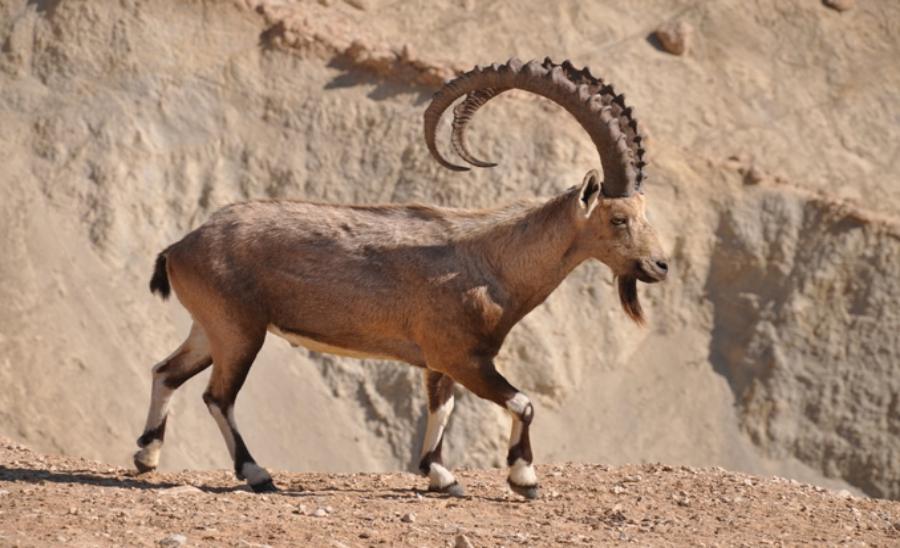 |
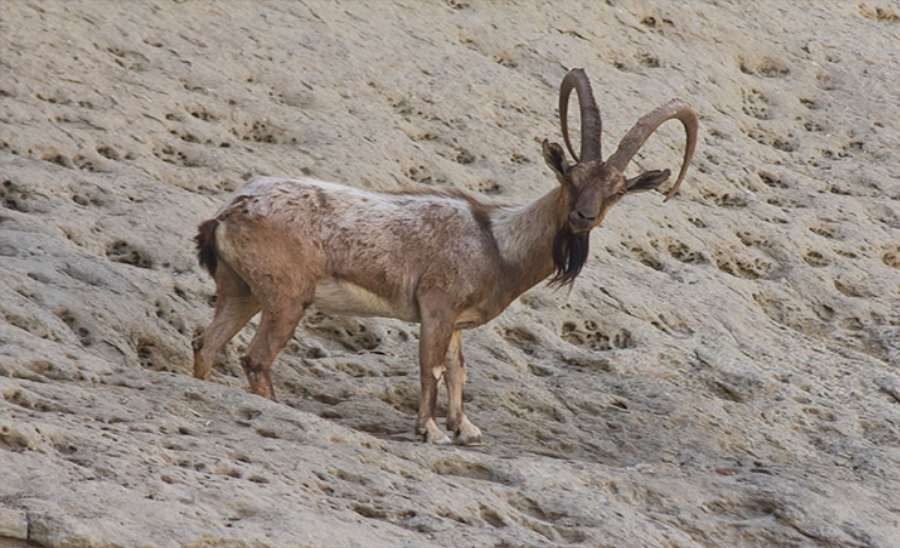 |
-
Balochistan Urial (Ovis vignei blanfordi):
- Description: An endangered wild sheep species.
- Habitat: Prefers mountainous and rugged terrains.
-
Sindh Ibex (Capra aegagrus blythi):
- Description: A wild goat species adapted to the rocky terrain.
- Habitat: Found in rocky, steep areas within the park.
-
Chinkara Gazelle (Gazella bennettii):
- Description: A graceful gazelle species found in desert regions.
- Habitat: Inhabits open plains and arid areas.
-
Indian Pangolin (Manis crassicaudata):
- Description: A nocturnal mammal with protective keratin scales.
- Habitat: Prefers forested and bushland areas where it can forage for ants and termites.
-
Deer:
- Description: Includes species such as the Indian Muntjac (Muntiacus muntjak), also known as the barking deer.
- Habitat: Found in forested and scrubland areas within the park.
Cultural Significance:
Hingol National Park, located in the province of Balochistan, Pakistan, holds significant cultural, religious, and ecological importance.
-
Indigenous Communities: The park is home to several indigenous communities, such as the Baloch and Brahui people, who have inhabited the region for centuries. Their traditional lifestyles, customs, and practices contribute to the cultural richness of the area.
-
Ancient Rock Art: Hingol National Park boasts a wealth of ancient rock art, including petroglyphs and cave paintings, which provide valuable insights into the region's prehistoric cultures and societies. These artworks depict scenes of daily life, hunting, religious rituals, and mythological figures, showcasing the artistic and cultural heritage of early inhabitants.
-
Nomadic Tribes: Nomadic tribes such as the Kochi and Kharoti migrate through the park with their livestock, maintaining a traditional way of life that is closely connected to the land and its resources. Their presence adds to the cultural tapestry of the region.
Religious Significance:
Hinglaj Mata Temple
Hinglaj Mata Temple: The presence of the Hinglaj Mata Temple within the park adds immense religious significance. Dedicated to the goddess Hinglaj Mata, it is one of the most revered Hindu pilgrimage sites in Pakistan. The temple attracts devotees who come to pay homage to the goddess and participate in the annual Hinglaj Yatra, a pilgrimage of great religious importance.
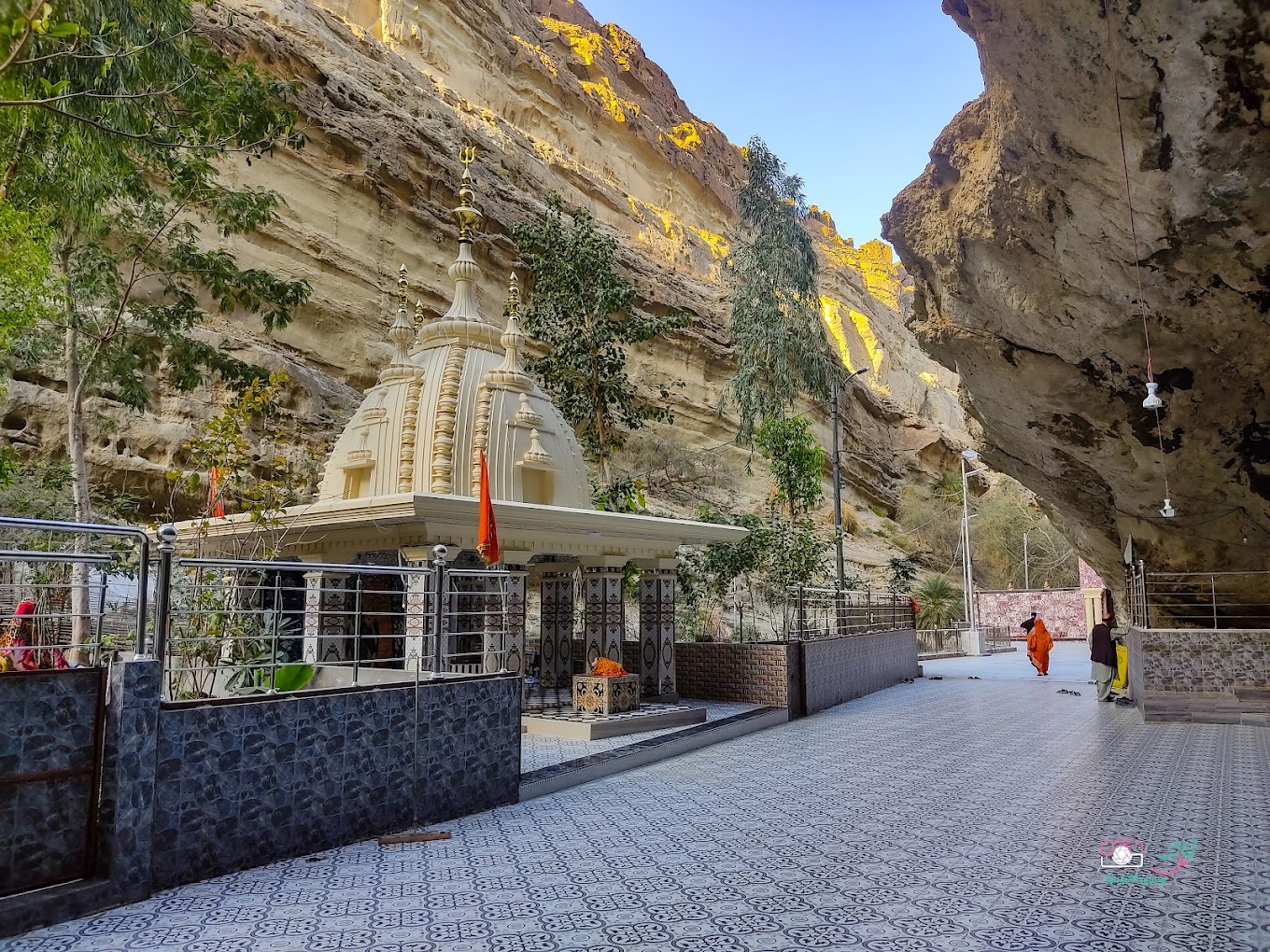 |
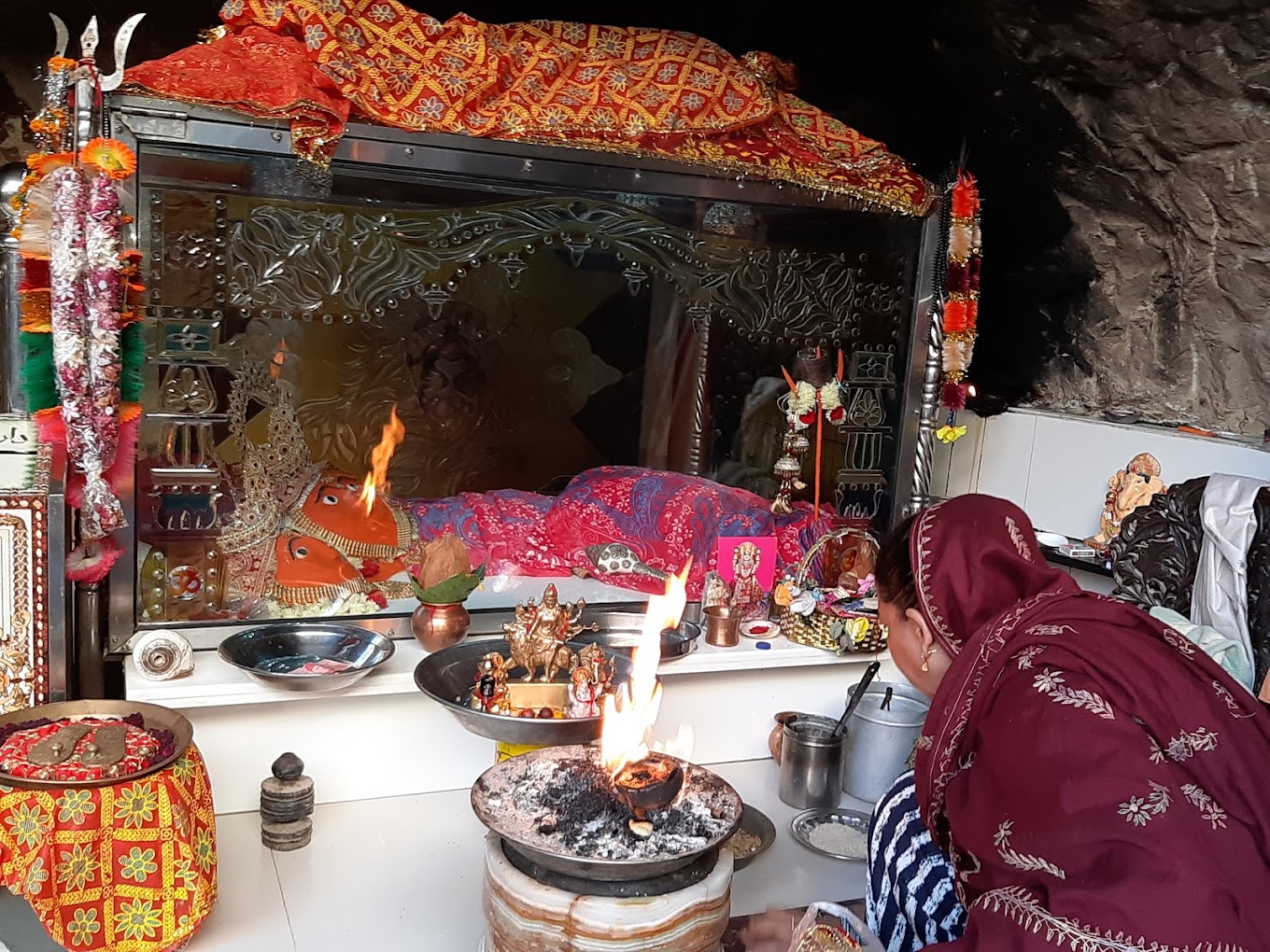 |
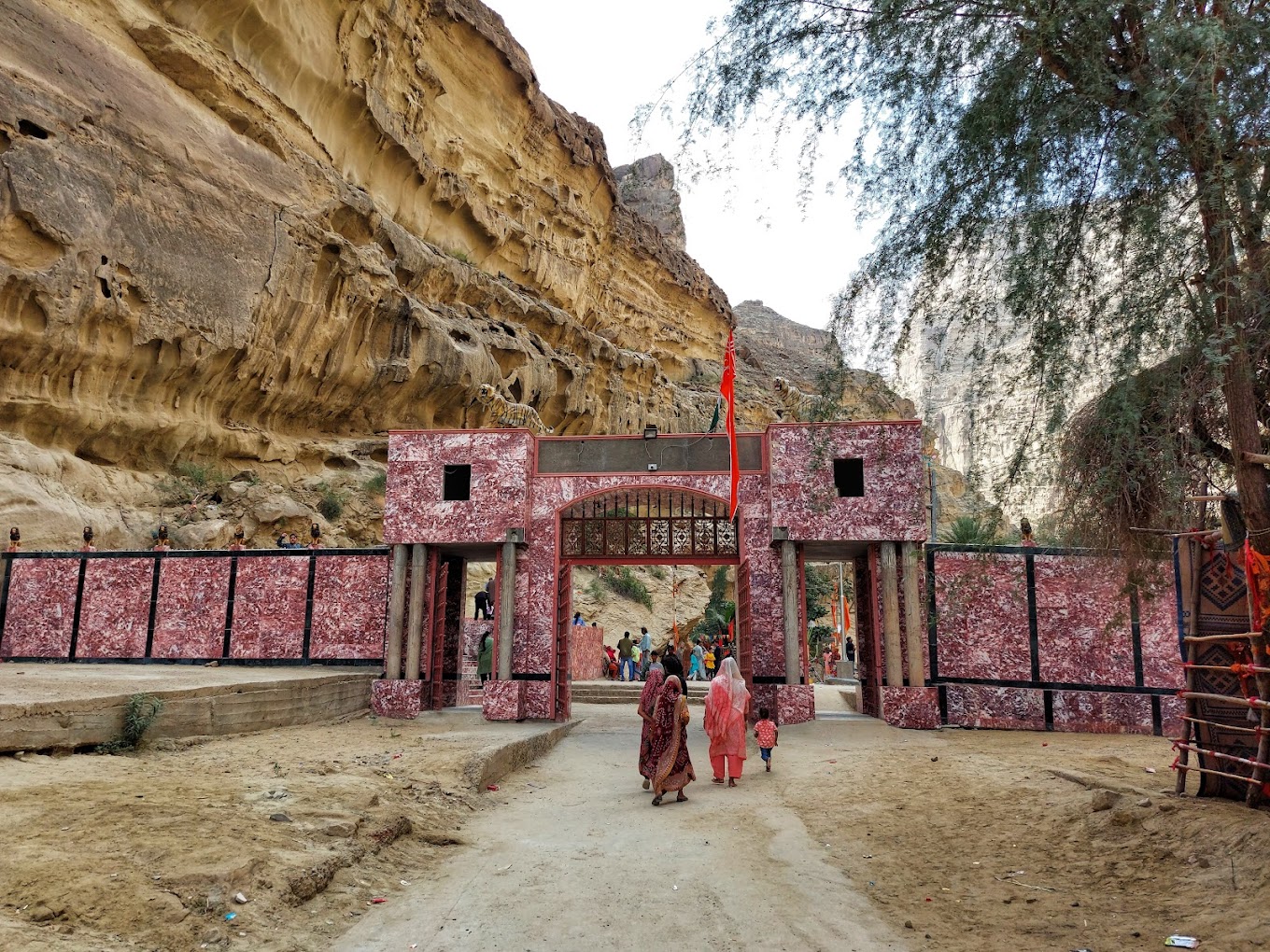 |
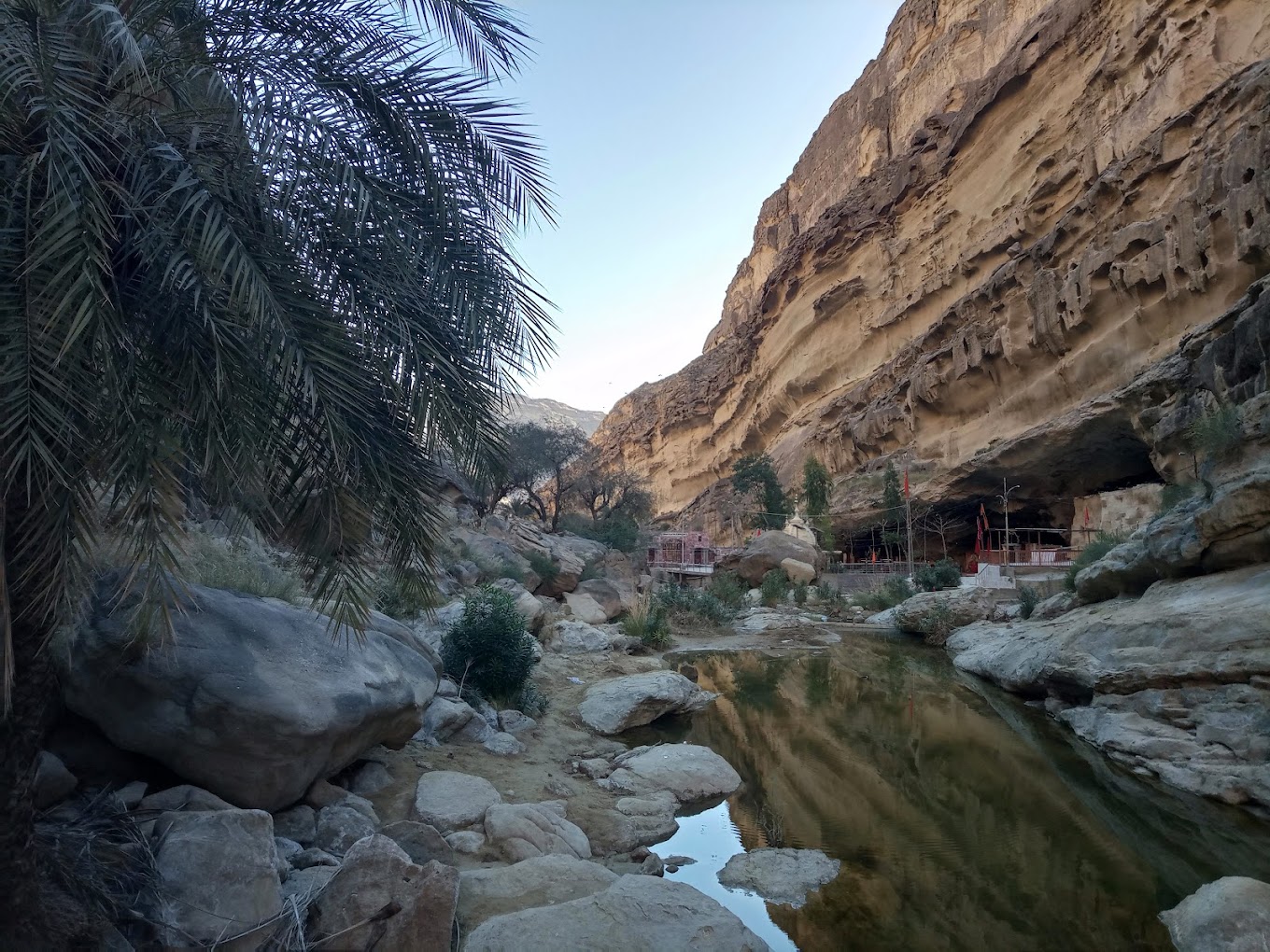 |
-
Shrine of Pir Ghayyur Shah: Another religious site within the park is the Shrine of Pir Ghayyur Shah, a revered Sufi saint. Sufism, a mystical branch of Islam, has a profound influence on the religious landscape of Pakistan, and pilgrimage sites like this shrine hold spiritual significance for many Muslims in the region.
Ecological Significance:
-
Biodiversity Hotspot: Hingol National Park is renowned for its diverse ecosystems, including coastal mangroves, desert plains, and rugged mountains. It is home to a wide range of plant and animal species, including endangered wildlife such as the Balochistan bear, Ibex, and Marco Polo sheep.
-
Conservation Efforts: The park plays a crucial role in conservation efforts, protecting unique habitats and species. Efforts are underway to preserve the park's natural beauty and biodiversity for future generations to enjoy.
In summary, Hingol National Park in Balochistan holds immense cultural, religious, and ecological significance, making it a valuable heritage site for Pakistan and a destination of interest for travelers, pilgrims, and researchers alike.
Activities
-
Hiking and Trekking: The park offers numerous trails for hiking and trekking, with routes leading to geological formations like the Princess of Hope and through the Hingol River valley.
-
Wildlife Safaris: Guided tours and safaris are available, providing opportunities to observe the park's diverse wildlife in their natural habitats.
-
Beach Activities: Coastal areas such as Kund Malir are ideal for beach activities, picnics, and camping.
-
Photography: The unique landscapes and abundant wildlife make Hingol a paradise for photographers.
Practical Information
-
Best Time to Visit: The cooler months from October to March are the best time to visit, as the weather is more pleasant for outdoor activities.
-
Getting There: Hingol National Park is accessible via the Makran Coastal Highway, approximately a 3-hour drive from Karachi. A 4x4 vehicle is recommended due to the rough terrain within the park.
-
Accommodation: There are limited accommodation options within the park. Visitors often camp or stay in nearby towns such as Kund Malir and Ormara. It is advisable to bring essential supplies as facilities are basic.
-
Permits and Regulations: Visitors may require permits for certain areas within the park. It is essential to follow park regulations to protect the wildlife and natural environment.
-
Safety Tips: Due to the park's remote nature, it is crucial to travel with sufficient water, food, and medical supplies. Visitors should also be mindful of wildlife and adhere to safety guidelines provided by park authorities.
Conservation Efforts
Hingol National Park is managed by the Balochistan Forest and Wildlife Department. Conservation efforts focus on protecting its unique ecosystems and endangered species. Ecotourism is encouraged to promote conservation awareness among visitors, ensuring the park's natural beauty and biodiversity are preserved for future generations.
Conclusion
Hingol National Park is a natural and cultural treasure trove. Its unique geological formations, diverse wildlife, and significant cultural landmarks make it a must-visit destination. Whether you're an adventurer, wildlife enthusiast, or cultural explorer, Hingol offers a wide range of experiences. Respecting nature and adhering to conservation principles will ensure this magnificent park continues to thrive for years to come.


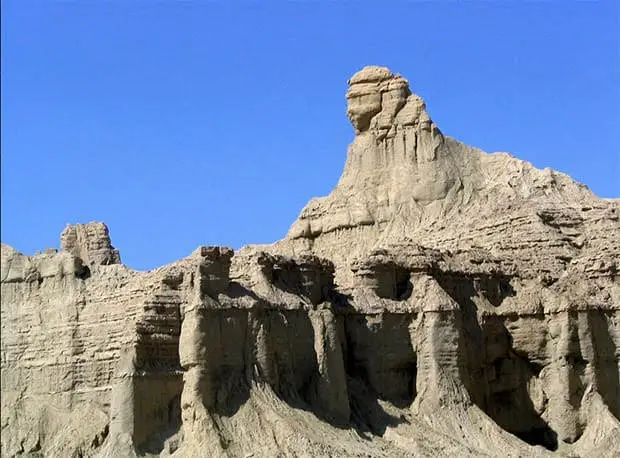





Leave a Comment
Your email address will not be published. Required fields are marked *